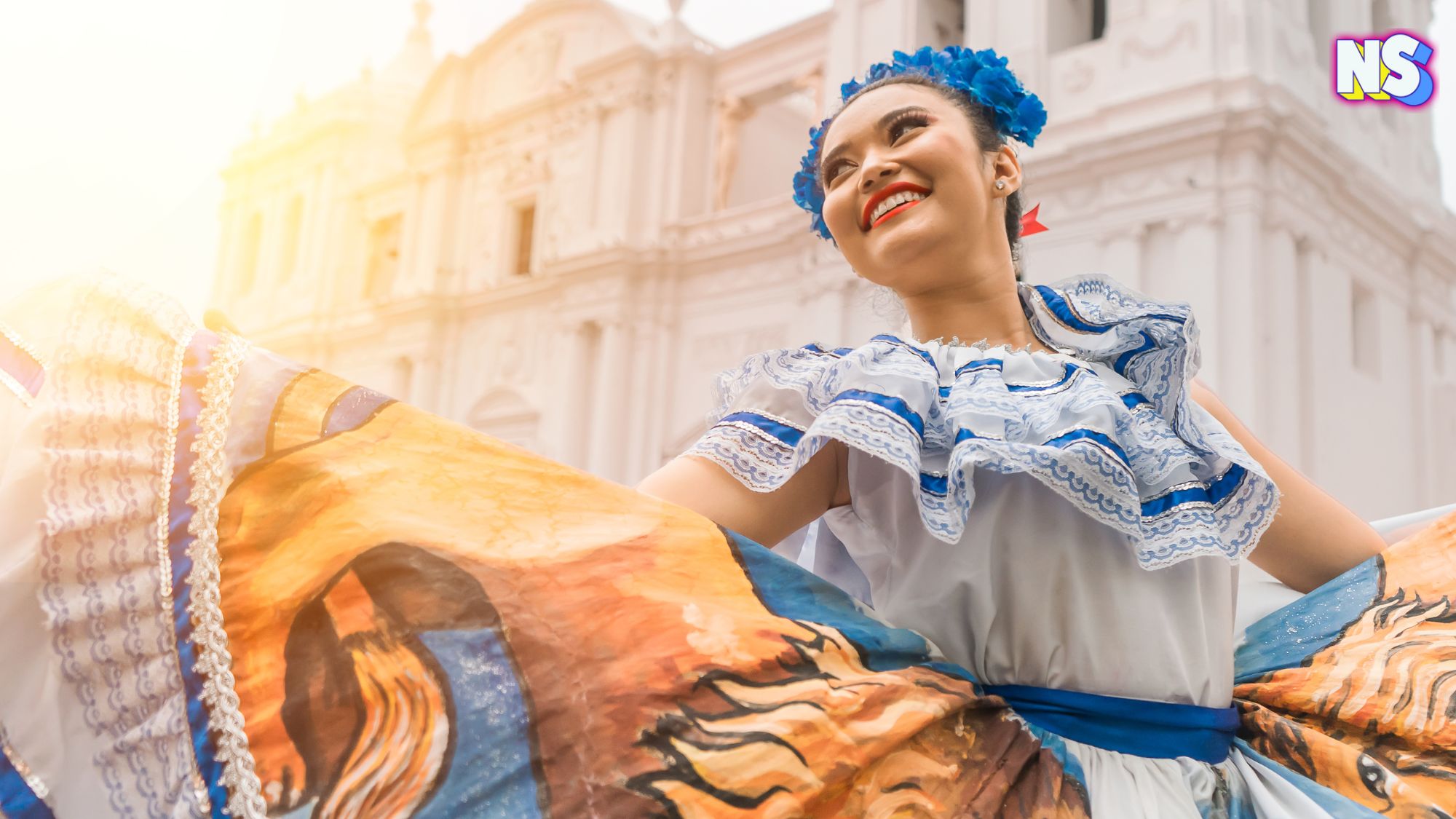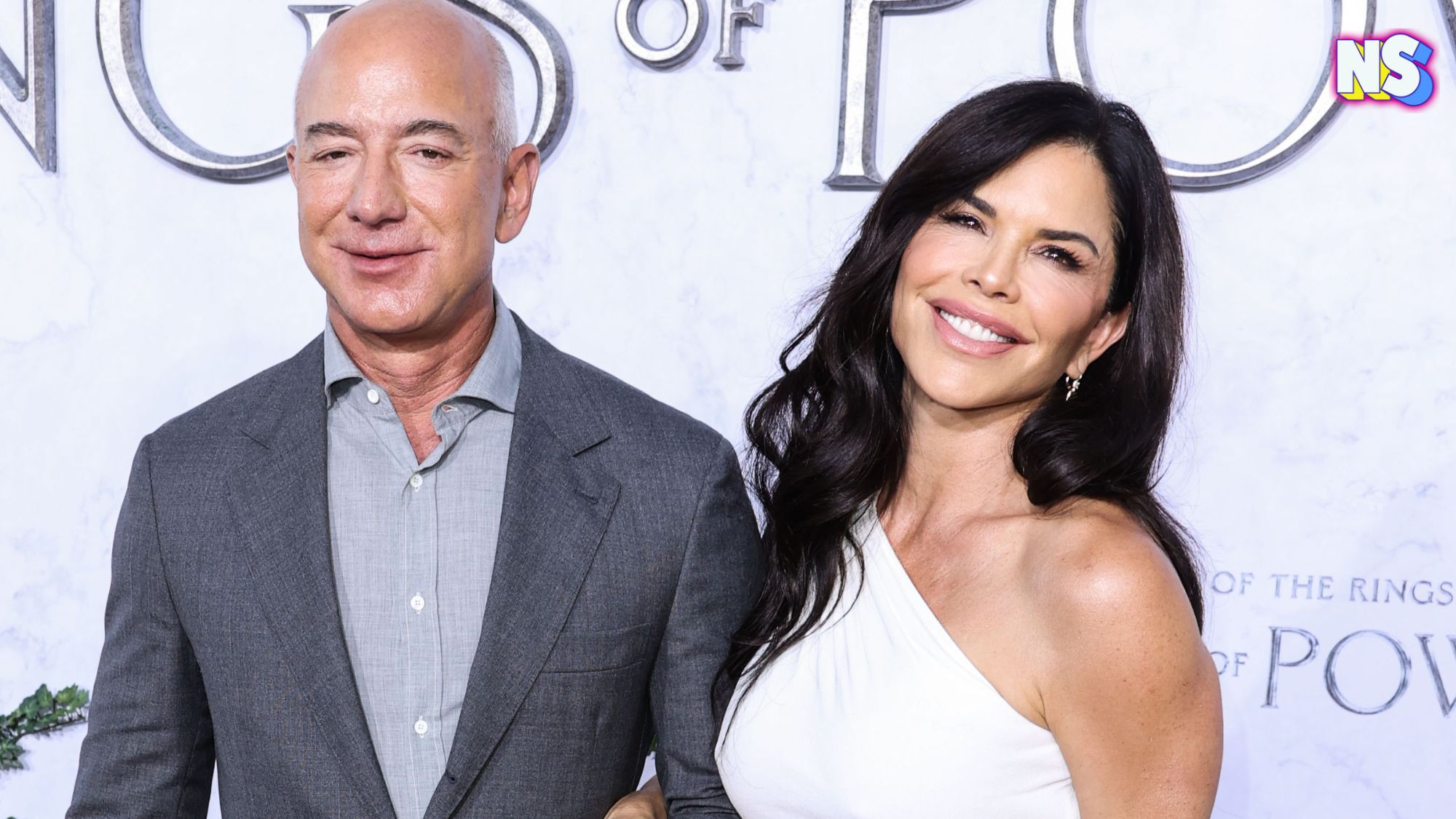It’s time for Hispanic Heritage Month, when the country is celebrates all things Latino. Perfect timing too because, these days, salsa is more popular than ketchup. Tortillas are as popular as sliced bread. Quinceañeras are as popular as Sweet Sixteens. And what are birthday parties without piñatas?
But did you know this month started out as a week? And why is Hispanic Heritage Month split into two? The history of the holiday spans six decades and three United State Presidents.
Here’s the evolution of Hispanic Heritage Month.
The Creation of Hispanic Heritage Week
Celebrating Hispanic heritage as a nation started in 1968 when it was initially established as a just a week-long celebration.
President Lyndon B. Johnson proclaimed the first Hispanic Heritage Week, which took place from September 15 to September 21. Then, in 1987 U.S. Representative Esteban E. Torres of California, wanting more time for the nation to learn and observe the culture, asked for the week to grow to 31 days.
In 1988, President Ronald Reagan expanded the observance to a month-long celebration, officially changing the name to “National Hispanic Heritage Month.”
“Then 21 years later President George H.W bush became the first president to officially declare it a month-long celebration,” NBC News and MSNBC correspondent Guad Venegas explains.
But why?
The Establishment of Hispanic Heritage Month
As odd as it seems for many, the start of the celebrations runs from September 15 through October 15 for a reason: the first date marks the anniversary of independence for several Latin American countries, including Costa Rica, El Salvador, Guatemala, Honduras, and Nicaragua. Mexico’s independence day falls on September 16, and Chile’s on September 18.
Hispanic Heritage Month officially ends on October 15, to October 12, aka Columbus Day in the United States, and as el Día de la Raza (Day of the Race) in many Latin American countries. It commemorates Christopher Columbus’s arrival in the Americas.
Today, the observance aims to recognize and honor the achievements and contributions of Hispanic and Latino Americans in various fields, such as politics, sports, literature, science, and the arts – with events like parades, festivals, art exhibitions, music performances, educational programs, and more popping up all over the country.
Unlike just 20 years ago, the Library of Congress, National Archives and Records Administration, National Endowment for the Humanities, National Gallery of Art, National Park Service, Smithsonian Institution and United States Holocaust Memorial Museum all officially pay “tribute to the generations of Hispanic Americans who have positively influenced and enriched our nation and society.”
And an official U.S. website with images, videos and teacher’s guides celebrates HHM all year, like many of us in the community.





